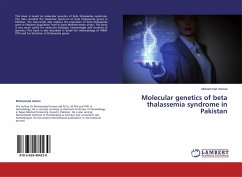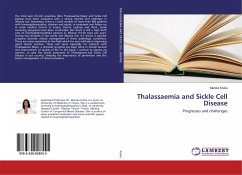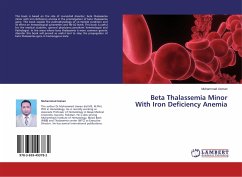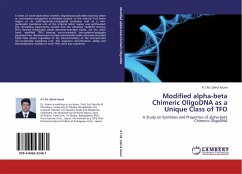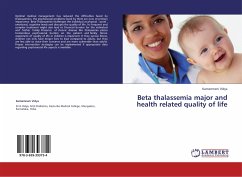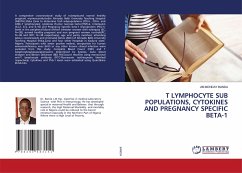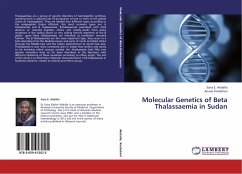
Molecular Genetics of Beta Thalassaemia in Sudan
Versandkostenfrei!
Versandfertig in 6-10 Tagen
41,99 €
inkl. MwSt.

PAYBACK Punkte
21 °P sammeln!
Thalassaemias are a group of genetic disorders of haemoglobin synthesis, resulting from a reduced rate of production of one or more of the globin chains of haemoglobin. They are divided into different types according to the polypeptide chains affected; the most common types are thalassaemia and beta thalassaemia. beta-thalassaemia associated with total absence or reduced beta-globin chains and mostly results from point mutations in the coding (exon) or non coding (intron) segments of the beta globin gene. Most thalassaemias are inherited as mendelian recessive fashion. The beta thalassaemias a...
Thalassaemias are a group of genetic disorders of haemoglobin synthesis, resulting from a reduced rate of production of one or more of the globin chains of haemoglobin. They are divided into different types according to the polypeptide chains affected; the most common types are thalassaemia and beta thalassaemia. beta-thalassaemia associated with total absence or reduced beta-globin chains and mostly results from point mutations in the coding (exon) or non coding (intron) segments of the beta globin gene. Most thalassaemias are inherited as mendelian recessive fashion. The beta thalassaemias are the most important type, they occur in a belt extending from the Mediterranean and parts of north and West Africa through the Middle East and the Indian subcontinent to South East Asia. Thalassaemia is now more commonly seen in Sudan than before and seems to be involving ethnic groups outside the thalassaemia belt. Fifty two genetic mutations have so far been described in the literature with different clustering of these mutations according to ethnic origin. The aim of this study is to determine molecular characterization of beta-thalassaemia in Sudanese patients, related to severity and ethnic group.



